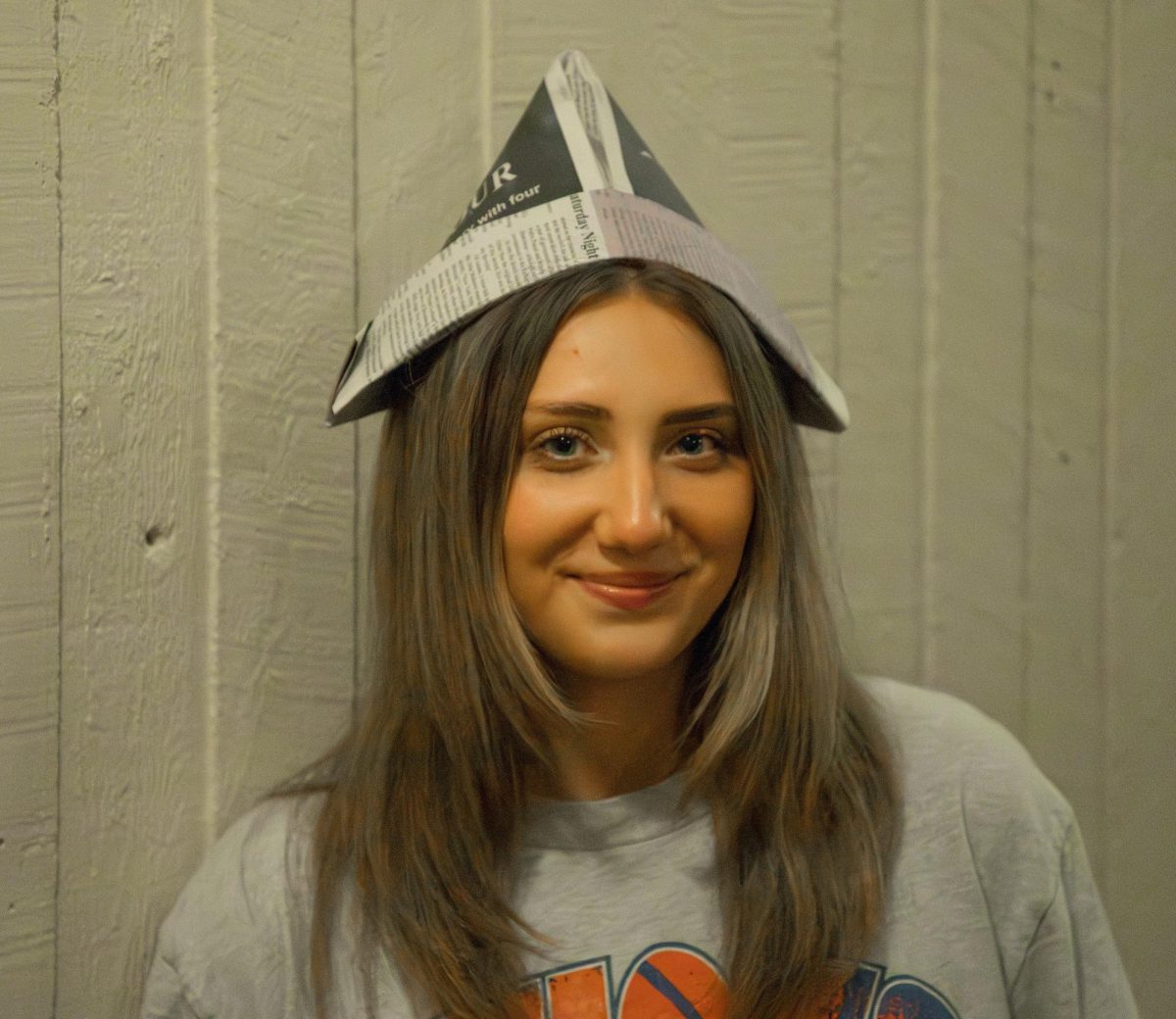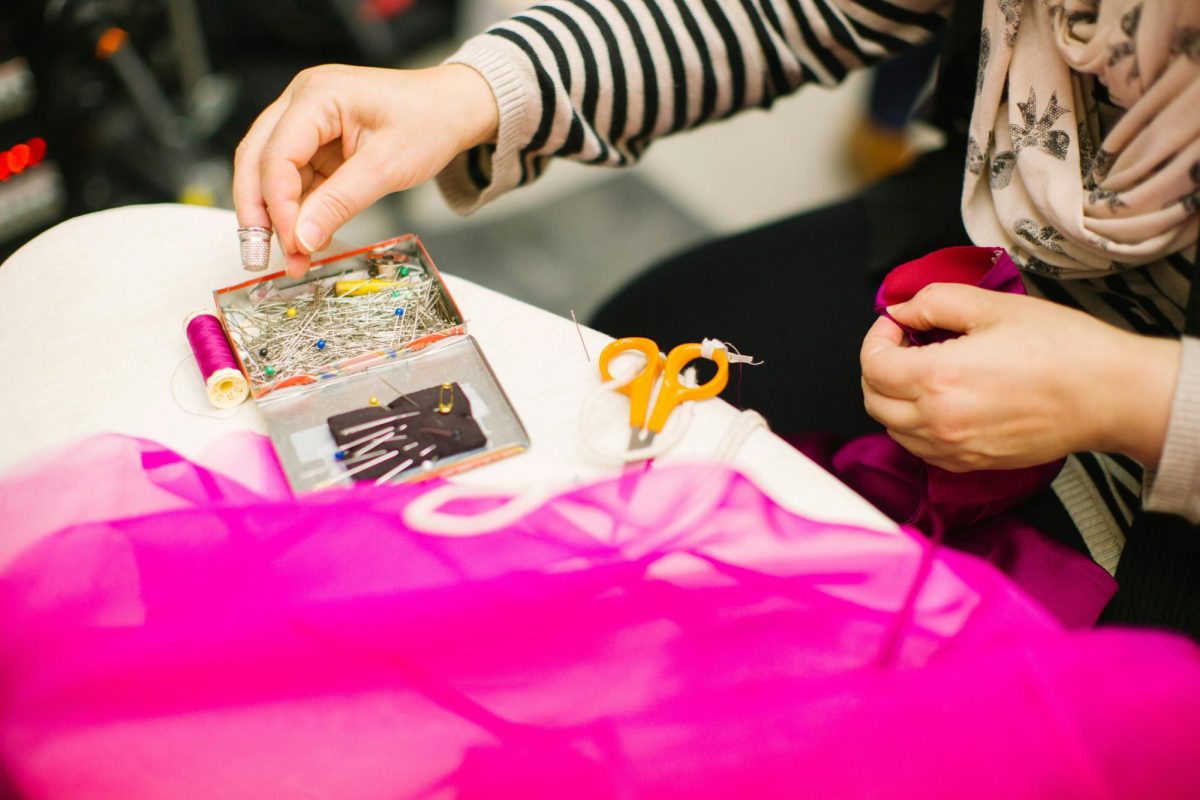By Ava Mandel
Sung in Italian, the opera “Turandot” tells the story of the cold-hearted Princess Turandot and her successful suitor, a foreign stranger. The operatic play spans across three acts, set in a medieval fantasy China; it is performed at the Metropolitan Opera House.
After being scarred by the death of a relative at the hands of her lover – who in fact did not return her relative’s love – Turandot comes to believe this instance will be true of all romantic relationships. To prevent an undesired marriage, Turandot creates three riddles for her suitors to solve in order to win her love; however, if one of the three questions is answered incorrectly, the suitor will immediately be put to death.
Victorious in answering the three riddles, the stranger asks for Turandot’s hand in marriage, but the distraught Turandot begs her father not to force her to marry this strange man.
Not wanting to force his bride-to-be into an unwanted marriage, the stranger proposes his own riddle to Turandot – if the princess can discover the stranger’s name before sunrise.
The stranger and Turandot spend the night singing to each other of love. Before the sun rises, the stranger reveals himself to Turandot as Prince Calaf and lays his life in her hands, hoping that she will return his love.
Battling mixed feelings of hatred and love towards Calaf, Turandot allows love to overcome her and announces Calaf’s name as “love” the next morning. Her court cheers and her father embraces Calaf as Turandot’s lover.
Considering that the numerological meaning of 13 is “upheaval” and “destruction,” it comes as no surprise that Calaf is the thirteenth and final suitor to Turandot. His upheaval of the three riddles to win Turandot’s hand in marriage directly leads to the destruction of the ice in her heart.
Saxophones, bass xylophone, celesta, harps, an organ and varieties of Chinese themes fill the score of “Turandot,” flowing in gentle harmony so as to bring life to a fantastical story.
Giacomo Puccini composed the original “Turandot,” and Franco Zeffirelli both produced and designed the set for the Metropolitan’s 2017-18 rendition of the operatic play.







